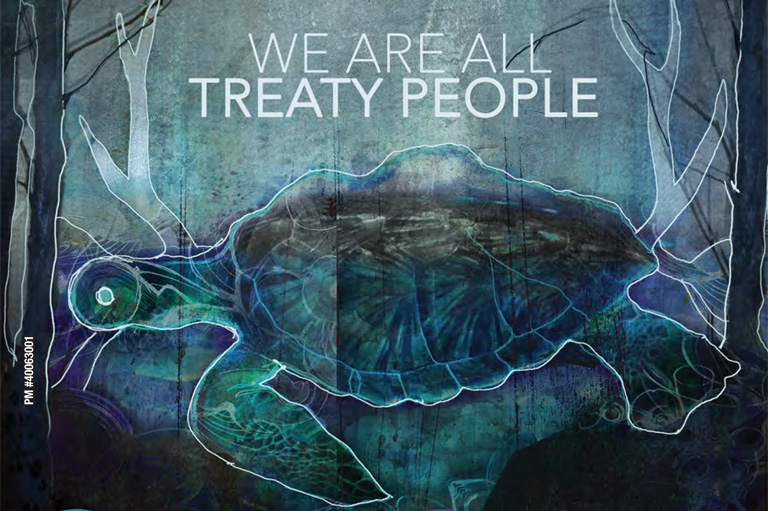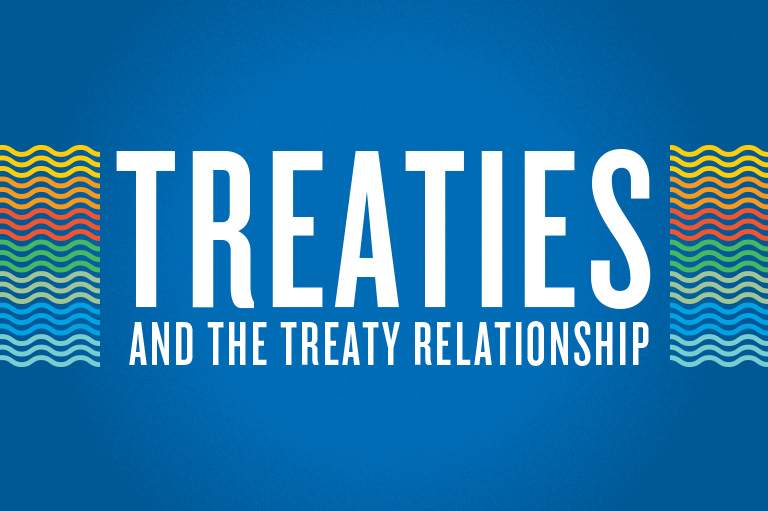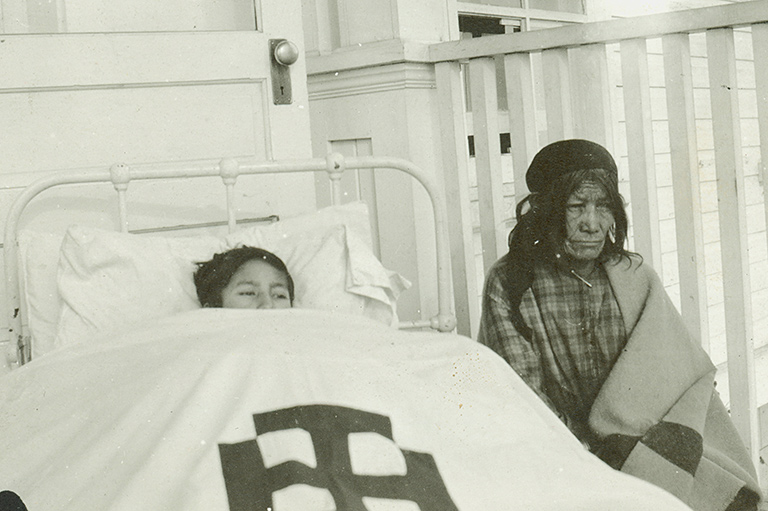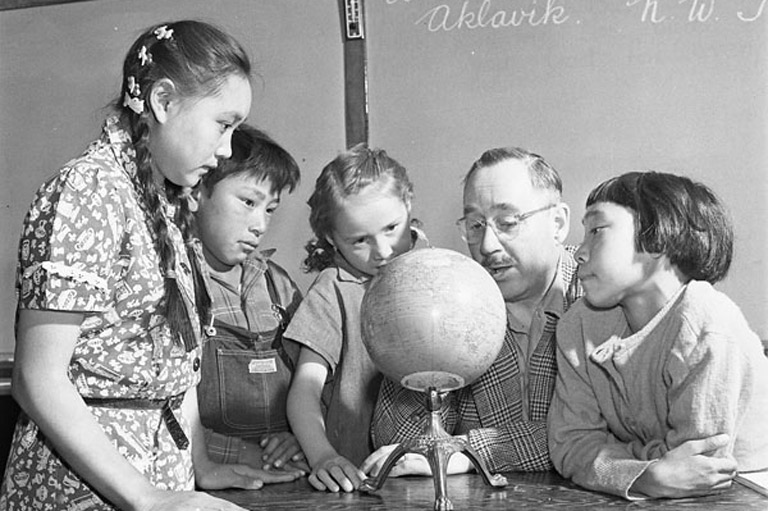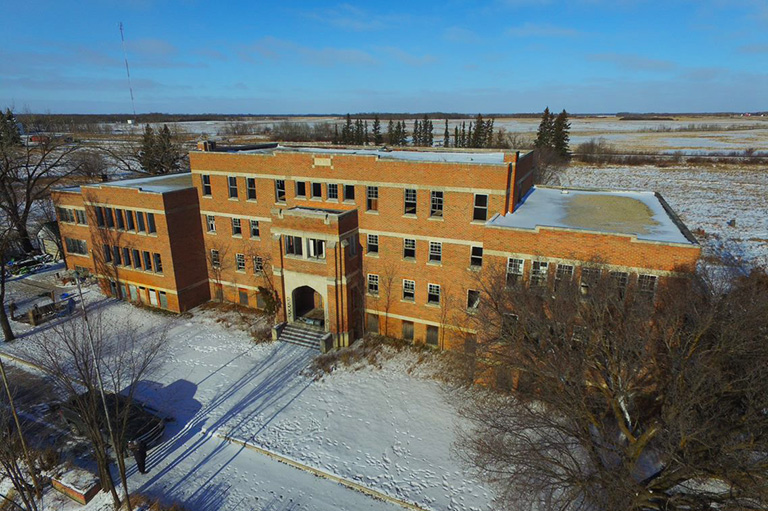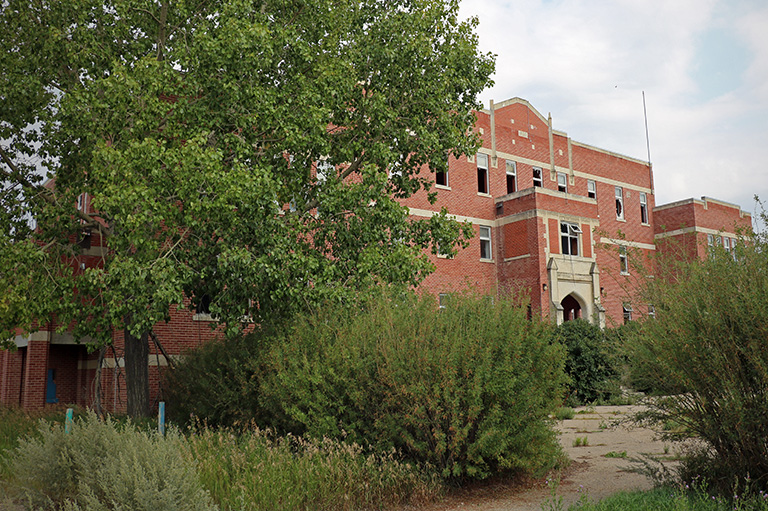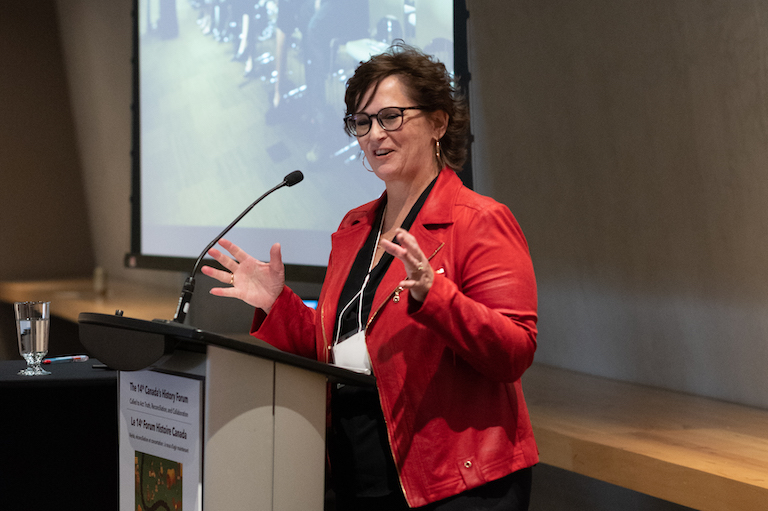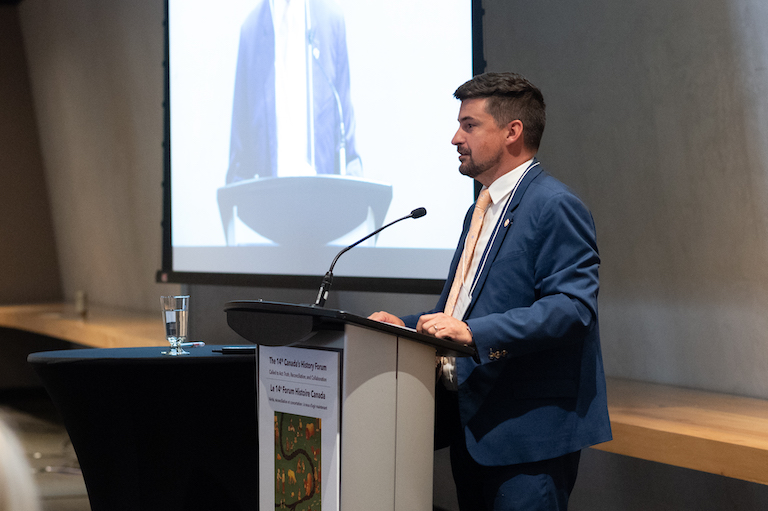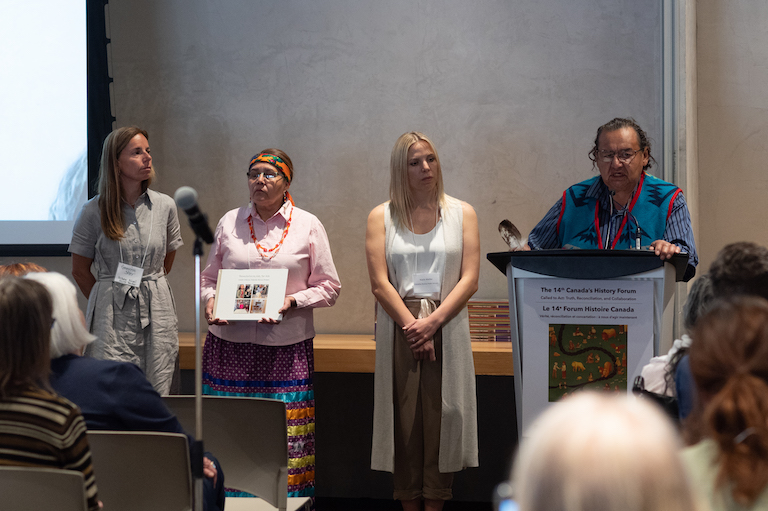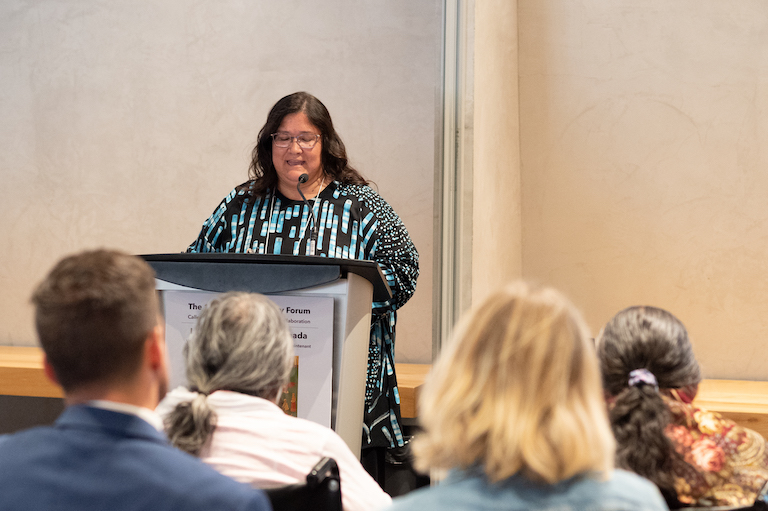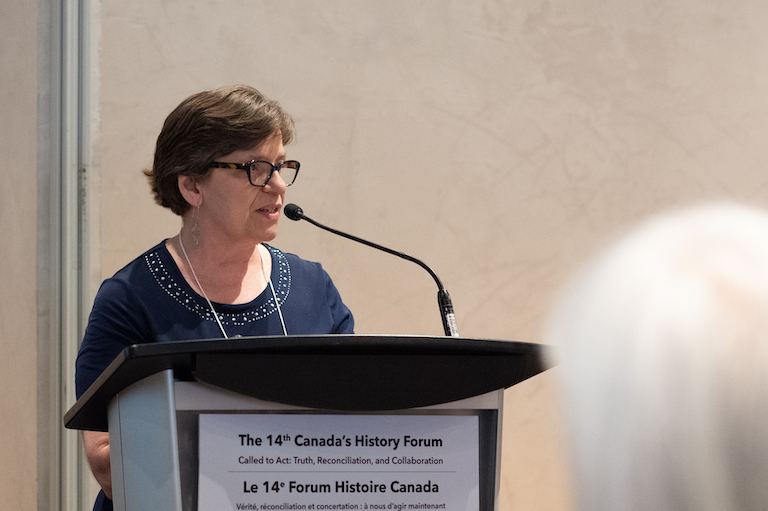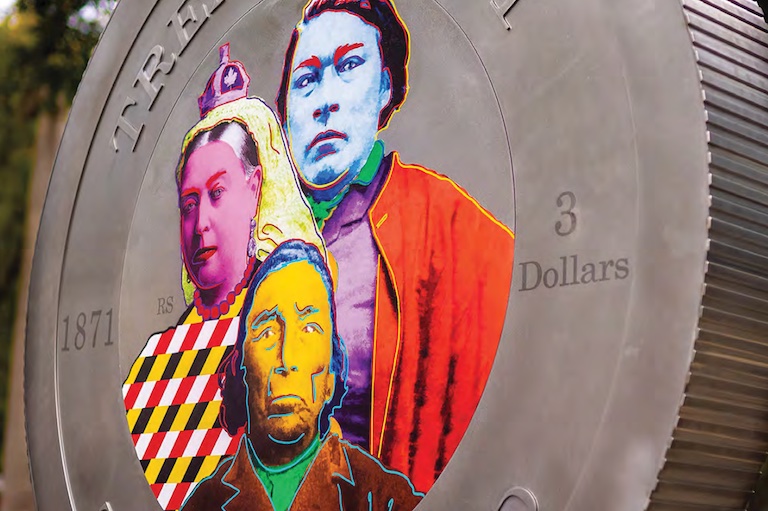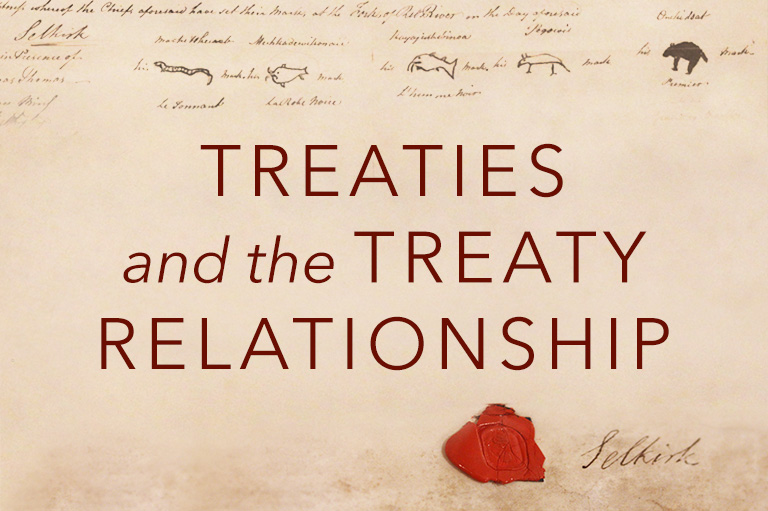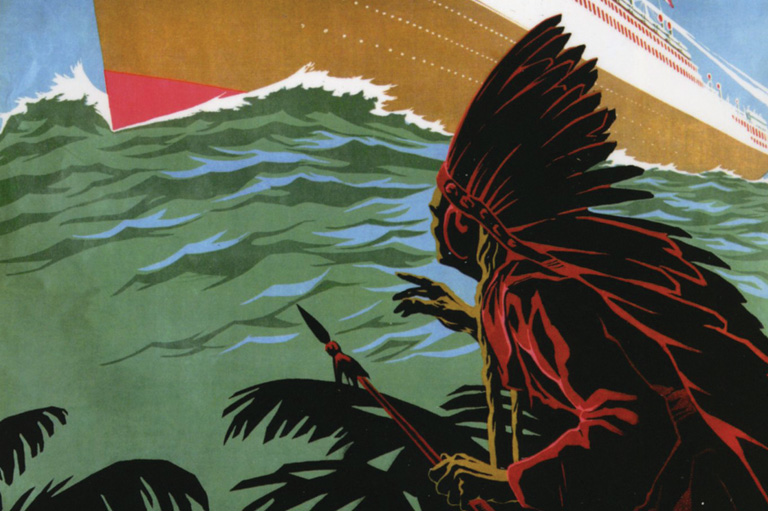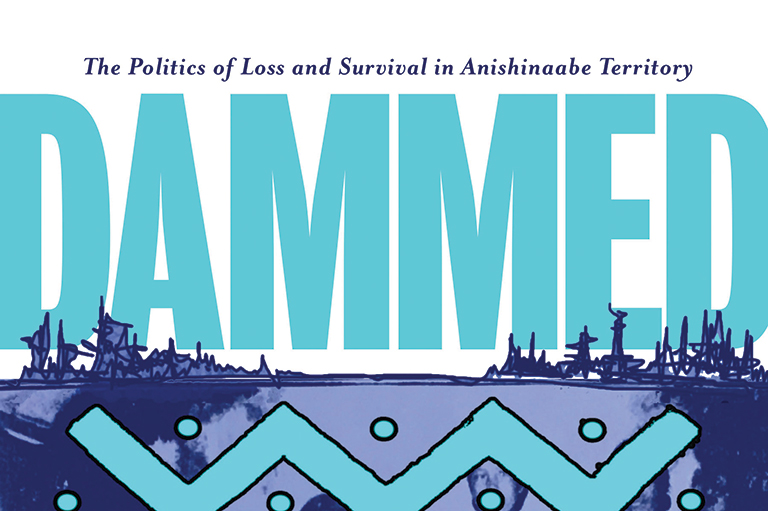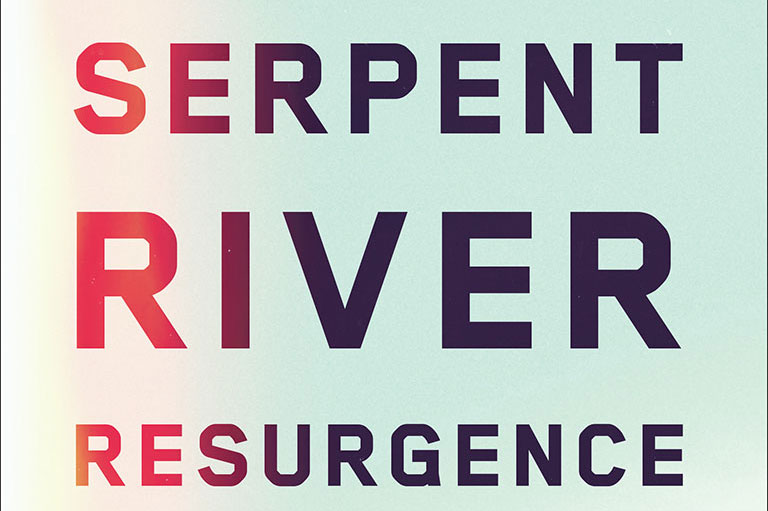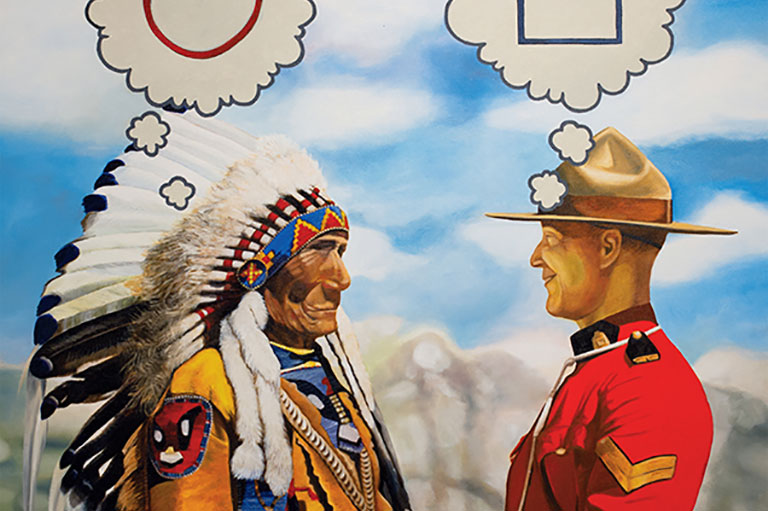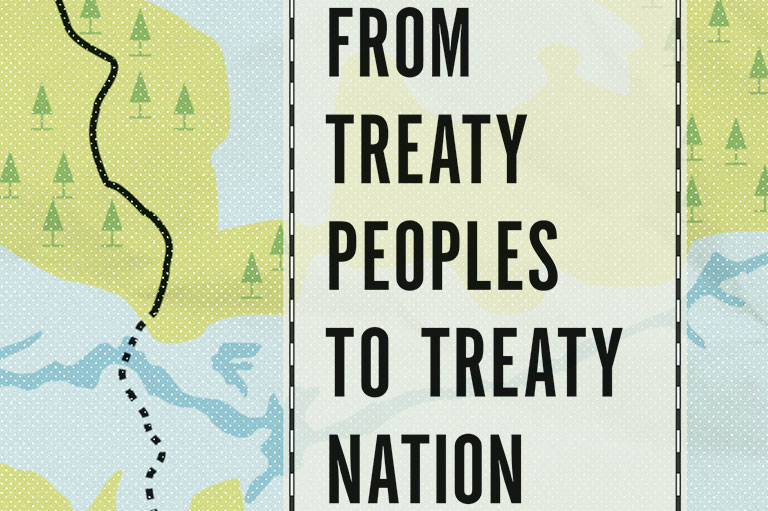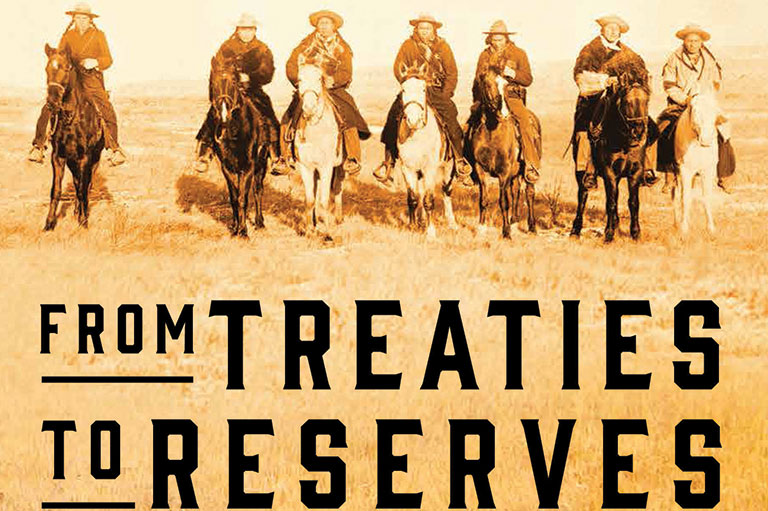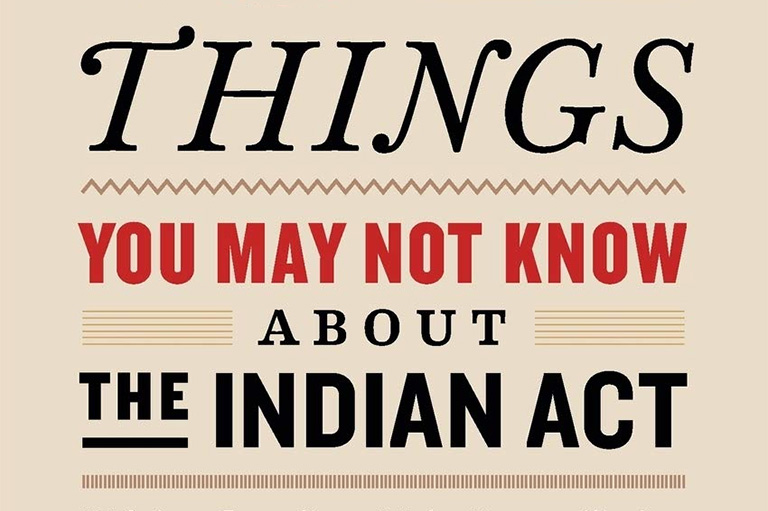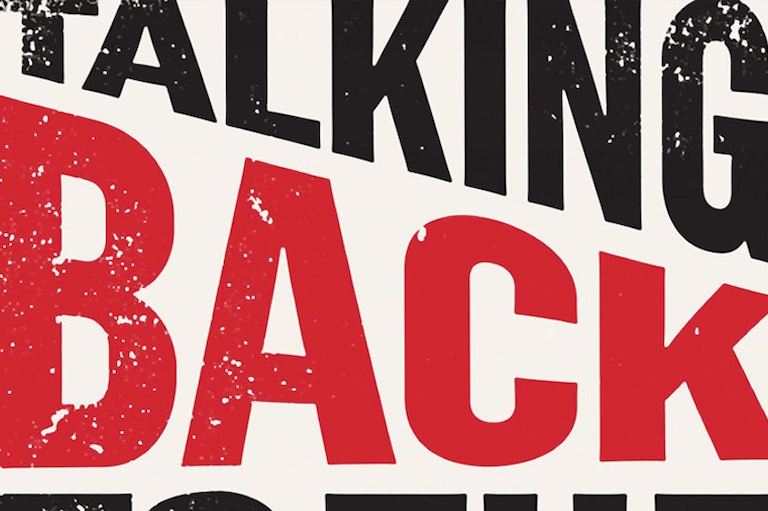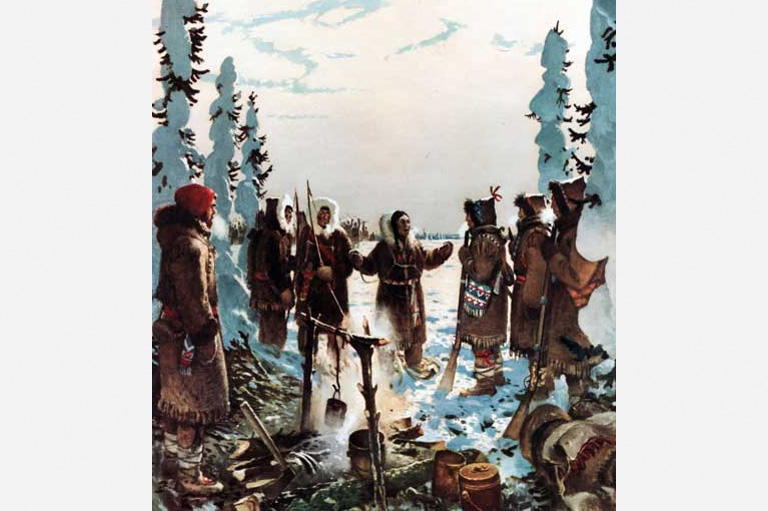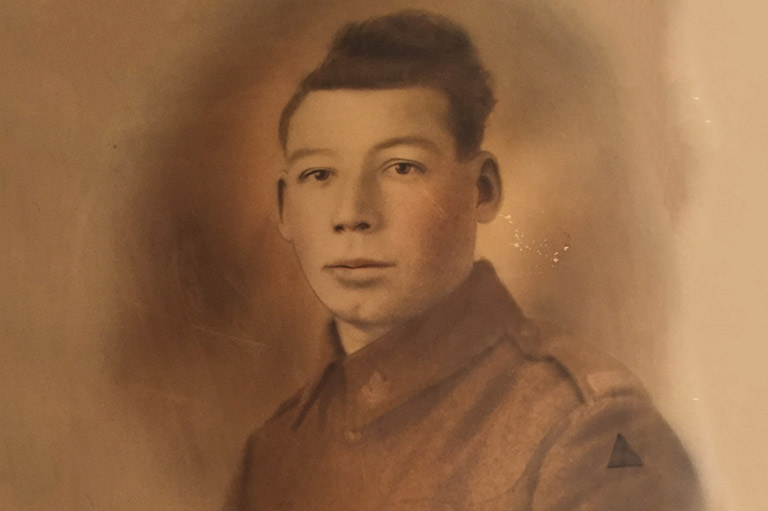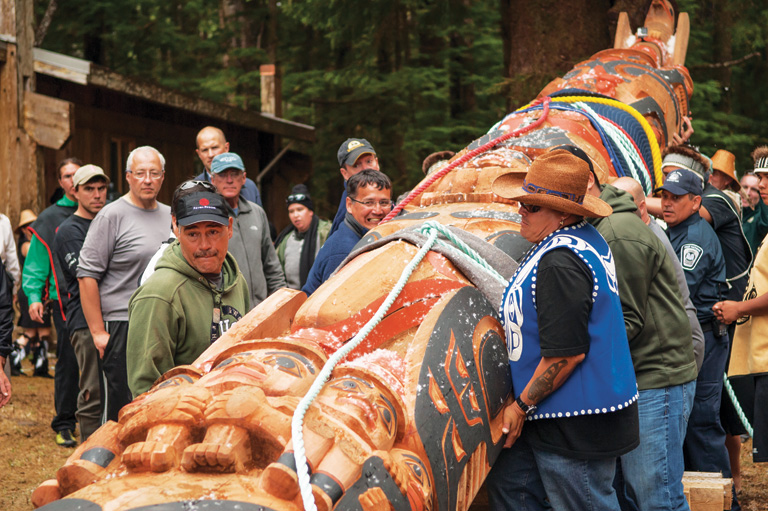Journeys of Reconciliation
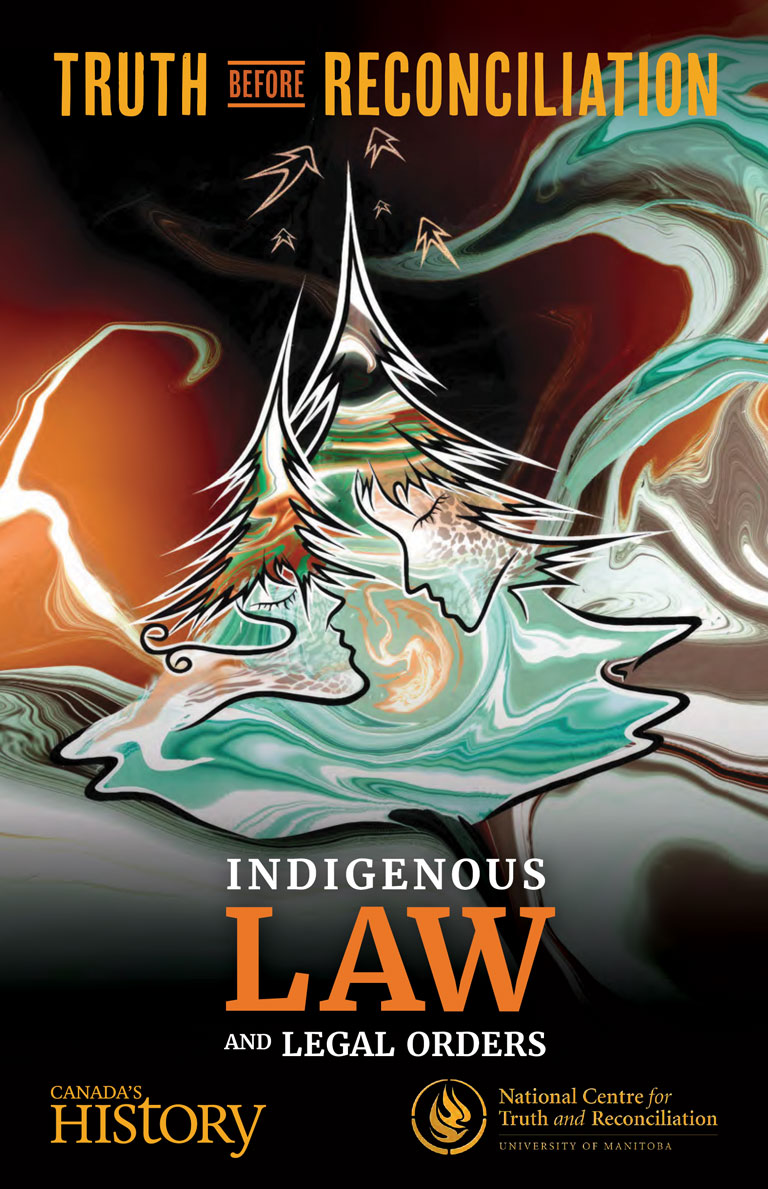
Indigenous Law and Legal Orders
For many Canadians, the law is something stern, even forbidding — a source of what we can’t do or how we’ll be punished if we break the rules. Indigenous law, by contrast, is about how we live well together, and how we care for each other as well as for the land, water, air and all living creatures. Truth Before Reconciliation: Indigenous Law and Legal Orders offers students a whole new way of thinking about these issues, one that has served Indigenous Peoples in this territory since time immemorial. Using easy-to-understand language and concepts, the publication draws on a wide range of Indigenous knowledge and scholarship, offering stories to learn from and ideas to ponder. The content was written and researched by the Next Steps: Rebuilding Indigenous Legal Orders team at the University of Victoria, led by renowned legal scholar Val Napoleon, and edited by Ry Moran, founding director of the National Centre for Truth and Reconciliation, with stunning original illustrations by Mi’kmaw artist CeilidhPitaw.
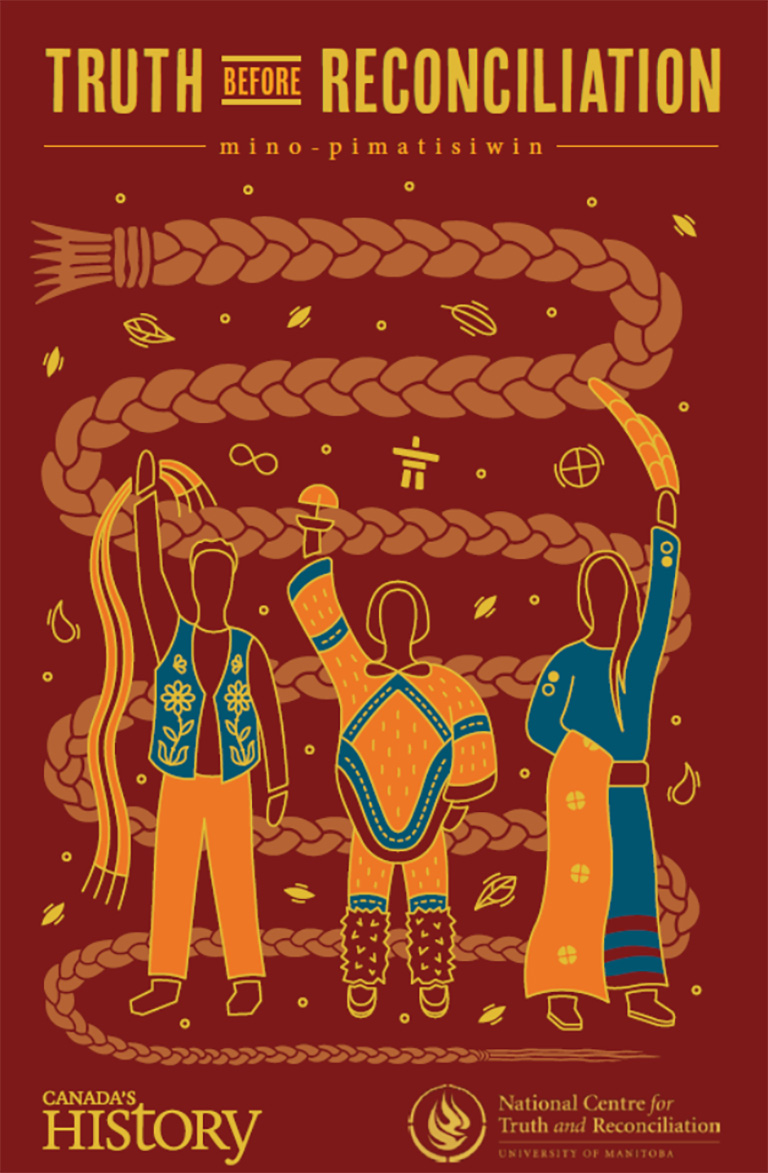
Mino-pimatisiwin: Living the Good Life
We are all born with rights that help ensure we are treated fairly. We all have these human rights and the responsibilities that come with them. Indigenous people have the right as individuals and as communities to protection for their languages, cultures — the ways of life that have been attacked and are still under threat. In Mino-pimatisiwin: Living the Good Life, students will learn about these rights and responsibilities, as well as about Indigenous role models.
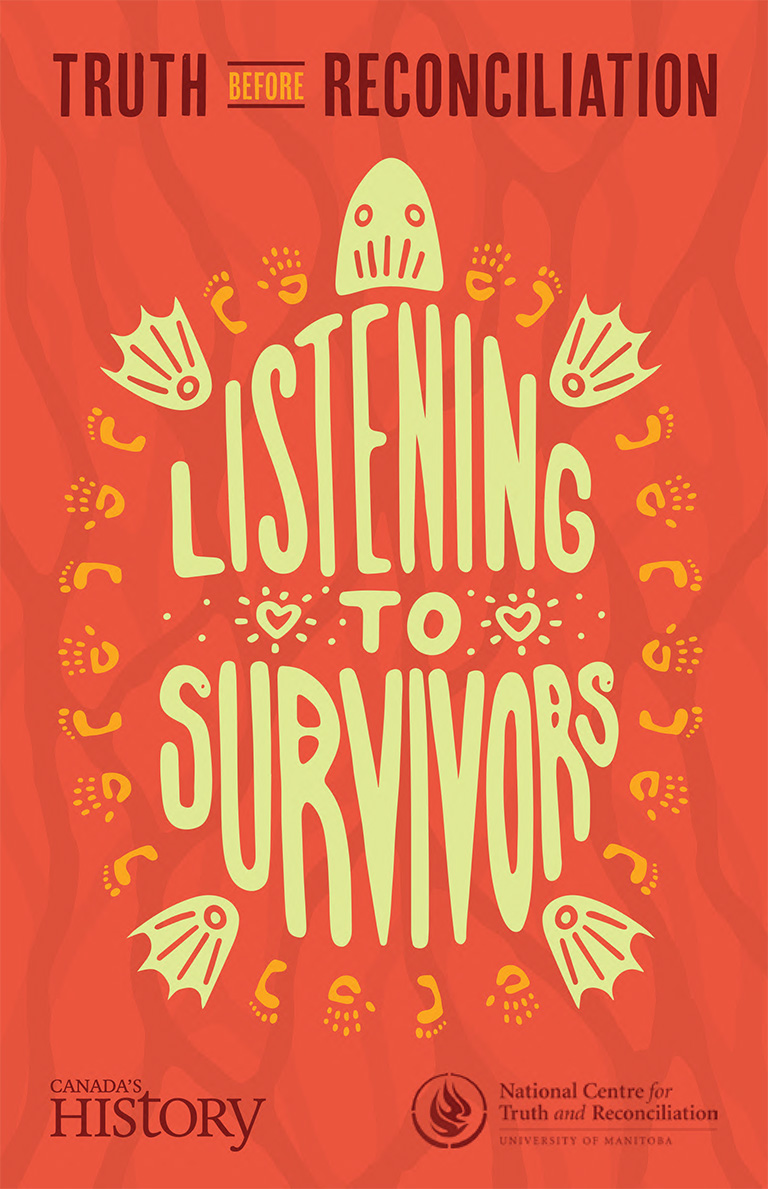
Listening to Survivors
By listening, learning and reflecting, Canadians of all ages can work toward becoming partners on the path to reconciliation. The theme for the 2023 Truth and Reconciliation Week magazine is Listening to Survivors. It contains an original poem by Makayla Webkamigad, the award-winning Richard Van Camp describing his efforts at later-life language learning, stories of real-life reconciliation projects, words from Elders and Survivors, and more.
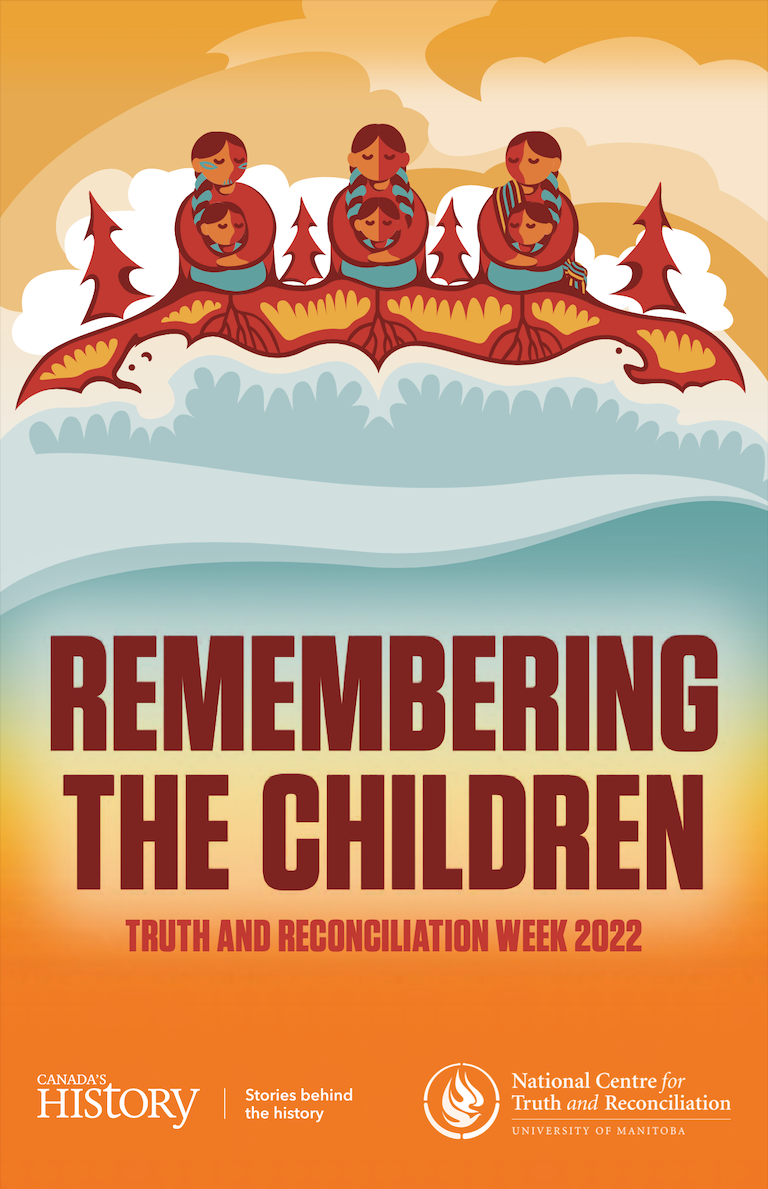
Remembering the Children
Canadians are still grappling with the truths about residential schools, spurring long-overdue conversations inside and outside the classroom. Remembering the Children offers a way to begin those conversations. Published by the National Centre for Truth and Reconciliation, in collaboration with Canada’s History, this magazine is an accompaniment for this year’s Truth and Reconciliation Week.
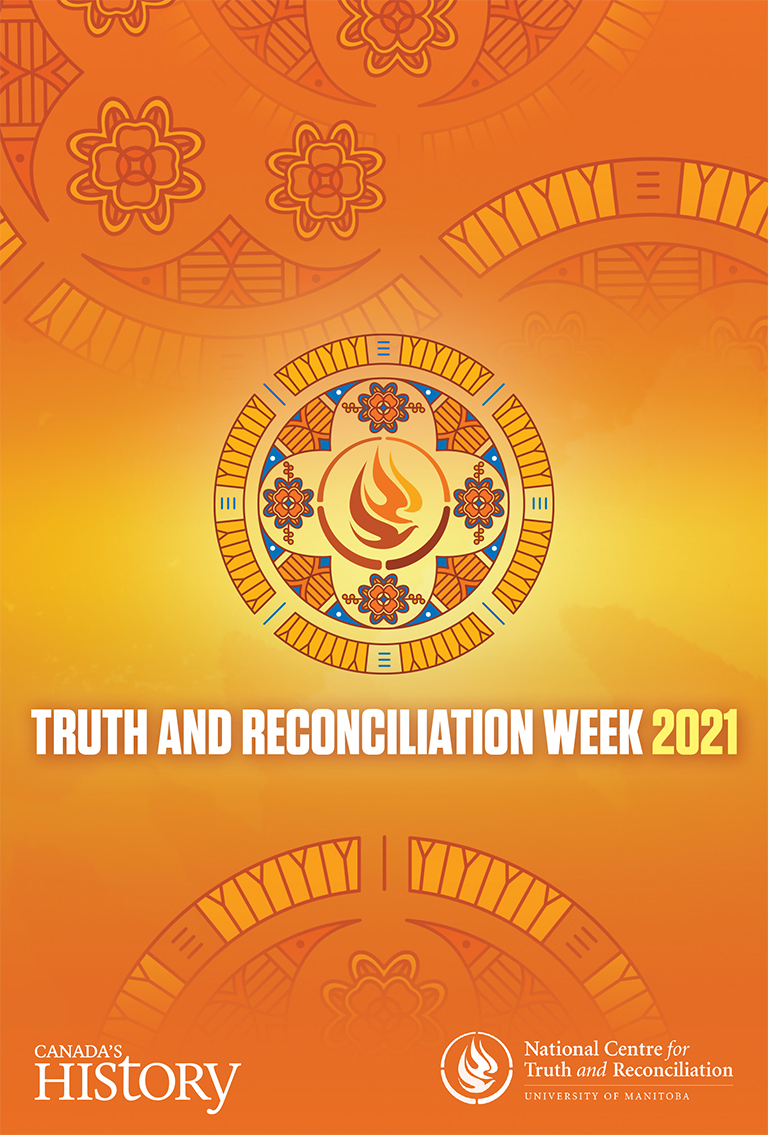
Truth and Reconciliation Week 2021
Through an allegorical graphic novel-style comic, written by Ry Moran, and illustrated by Swampy Cree artist Nickia McIvor, this publication explores what it means to have guests arrive at your doorstep, a home taken away, and how we can still find ways to live well together.
To guide teachers in their own learning and to help bring truth and reconciliation into their classrooms, this publication will be accompanied by supplementary educational resources available in English and French. The magazine, aimed for students in grades 5–12, is offered in digital formats in English, French, and Inuktitut.
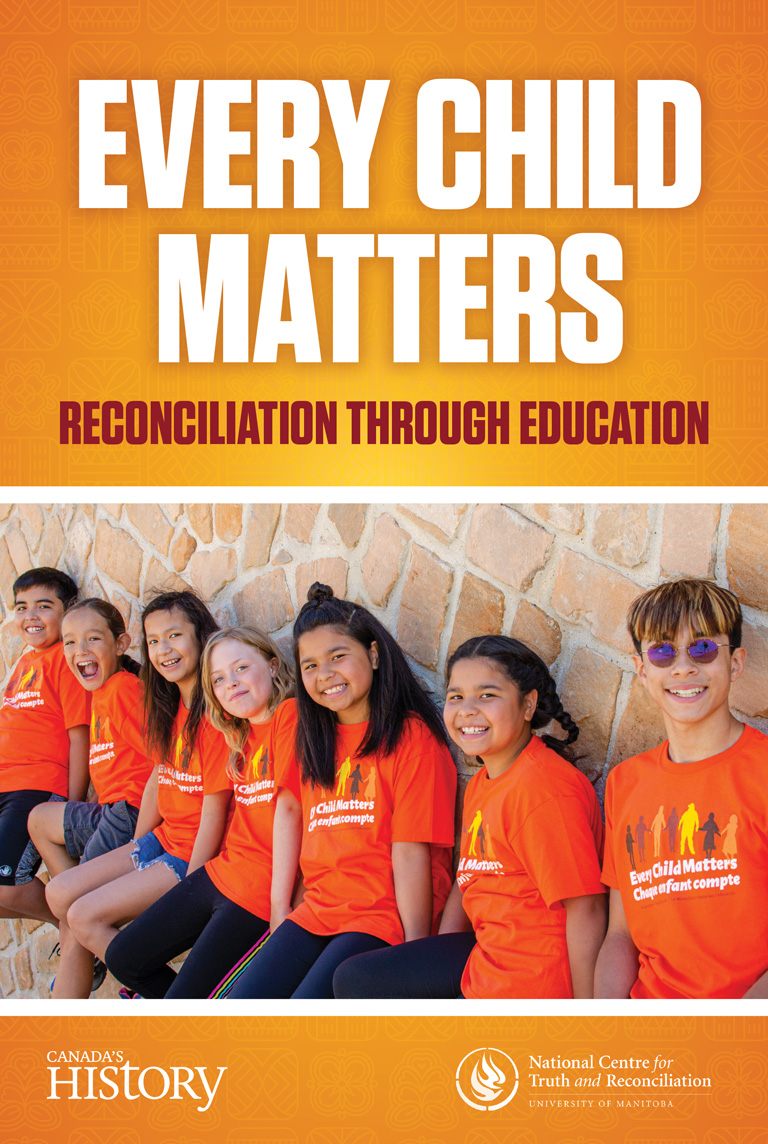
Every Child Matters
Produced in collaboration with the National Centre for Truth and Reconciliation, and written by award-winning Indigenous author Monique Gray Smith, this magazine, which is based on the Seven Sacred Teachings, is aimed for students in grades 5–12 and is available in both English and French.
Each chapter teaches children about residential schools, Treaties, and the historic and current relationships between Indigenous and non-Indigenous peoples.
Related publications
More on residential schools
Called to Act: Truth, Reconciliation, and Collaboration
More on treaties and the treaty relationship
Related books
Themes associated with this article
Advertisement

